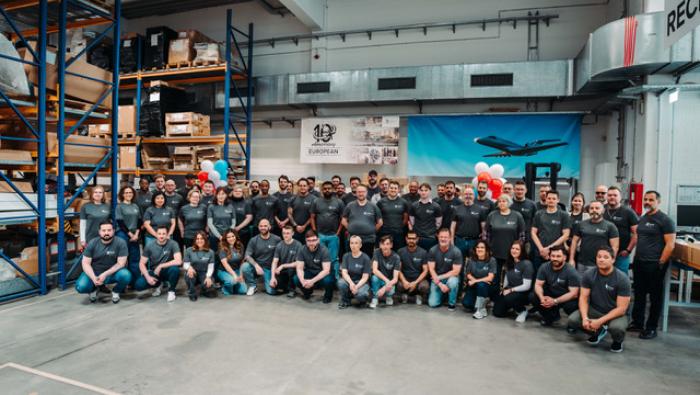Anyone who has studied the market for business aviation seriously in Asia accepts that its potential will take time to come to fruition, but that when it happens the scale of its growth should be substantial. Of all the western companies that have sought to tap this potential, Jet Aviation has firmly demonstrated its long-term commitment to the region.
The company opened a facility at Singapore Seletar Airport in 1995. After some encouraging growth during the first couple of years, much of the Far East was blighted by a catastrophic financial crisis. In barely six months, Jet Aviation lost as much as 75 percent of its local market for business aircraft maintenance and handling as companies hemorrhaged cash and scrapped flight departments and charter budgets. But Jet Aviation held its nerve and now has a well respected foothold in the Asian marketplace.
Jet Aviation Singapore is first and foremost a maintenance facility. It is an authorized service center for Gulfstream, Cessna and Bombardier (both Challengers and Learjets) and can undertake the most extensive checks in these airframers’ overhaul schedules.
Over the past year it has completed two 72-month checks on Gulfstreams. In February the 51,000-sq-ft facility finished its largest structural repair job to date when it replaced both left and right wing attachment fittings on a GIV. This job resulted from discovery of corrosion during a 24-month inspection, and Jet Aviation had to produce special shoring supports to ensure that no part of the airframe shifted when mechanics removed the wing attachments.
The Seletar facility is now servicing the growing number of transient aircraft traveling into and within the Asia-Pacific region. It has several long-standing customers from North America and Europe who schedule repair and overhaul work for when they are passing through Singapore.
According to Geoffrey Hopkins, Jet Aviation Singapore senior vice president and general manager, there has been significant growth in Asian business aviation activity during the past 12 months, and this trend is expected to continue into next year. Encouragingly, he added, Asian companies buying aircraft account for much of this growth.
Obstacles to Business Aviation
So what, if anything, stands in the way of continued bizav expansion in the region? “Companies here are still quite conservative (about using business aircraft) and there are relatively good airline links from places such as Singapore,” Hopkins told AIN. He also acknowledged that operating restrictions in key countries such as China have not helped the case for business aviation in the region, but he said that the regulatory environment is improving slowly as lobbying efforts make some impact.
Maintenance accounts for as much as 85 percent of Jet Aviation’s business in Singapore. The remaining 15 percent comes from handling business aircraft at Seletar, a military airfield nine miles north of downtown.
Seletar’s prospects as a bizav hub are undoubtedly hampered by its modest 5,500-foot runway and by the fact that it is equipped only for VFR operations (although this is not as much of an issue in Singapore’s climate as it would be farther north).
Plans for a runway extension are once again back on the agenda, with Singapore authorities now committed to a new case study. The fact that the city-state’s main Changi International Airport is fast filling up with airline traffic may improve the prospects for extension of the runway at Seletar because officials might be keen to see business aircraft relocated.
In Hopkins’s opinion there is about a 70-percent probability of Seletar’s runway being lengthened within the next 18 months, and this extension would attract larger, long-haul aircraft. At the moment, intercontinental traffic tends to transit in Indonesia and Dubai.
The Singapore government appears to have abandoned previously considered plans to close Seletar. Evidence for this position comes from the fact that state-owned engineering group ST Aerospace has just built a new hangar for widebody aircraft at the airport and authorities now seem willing to grant companies longer leases at the airport to encourage them to make further investments.







